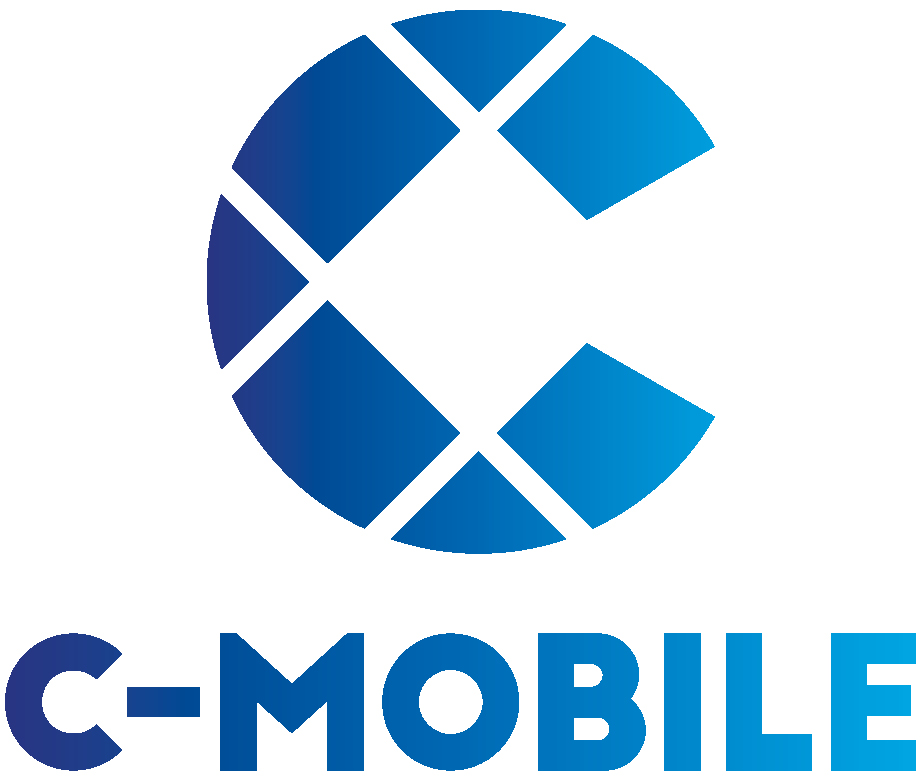Cities today face many challenges, from lowering CO2 emissions to reducing traffic and making transport safer and even more efficient. C-ITS is one of the solutions. ERTICO’s Giacomo Somma explains the benefits of C-ITS for users and cities and presents his work on the European project C-MobILE.
Giacomo, tell us about yourself. How did you start your career in ITS and in particular C-ITS?
“My career in C-ITS started when I joined ERTICO in 2014, where I started working on different European-funded mobility projects, focusing in particular on C-ITS. However, my experience in European projects and transport goes back to 2006. As a Civil Engineer, I had the opportunity to work in a variety of fields, including ICT, energy, aeronautics and nano-electronics.”
What is C-ITS?
“C-ITS stands for Co-operative ITS, which is a group of wireless technologies and applications allowing road users to connect and interact in real time with each other and with road operators and traffic managers. All these actors can exchange messages about road and traffic conditions, advice and enforcements (e.g. speed limits) or information about a particular situation (priority requests at traffic lights, blind spot warnings, etc.). These messages can only work if there is a previously agreed cooperation protocol between the sender and the receiver. Imagine there are two of us in a room, and we need to exit through the same door. Connectivity is the exchange of information about the presence, location and status (open/closed) of the door. Further to this, interaction / cooperation requires that we agree on who goes first to avoid collision and maybe getting hurt. Thanks to C-ITS, we can exchange information and make a decision based on common standards, behavioural rules and traffic laws.
Think about an ambulance rushing to the hospital. This vehicle needs to find the so-called “green wave”, for which shall therefore send a request to the equipped traffic lights and other road users. This way, vehicles and the traffic management systems can give priority to the ambulance. This can also work for buses, in case they are running behind schedule.
To sum up, C-ITS can improve the efficiency of traffic flow, and enhance and guarantee the safety and comfort of all road users thanks to the cooperation between the sender and the receiver of a message, for every kind of transport mode.”
How can messages be sent, read and replied to when it comes to transport?
“There are three ways of sending messages, starting with the road infrastructure (e.g. the traffic light, the speed limit gun tree, etc.). The infrastructure can communicate with road users who have to react in a certain way to a certain situation (e.g. slowing down because there is an accident ahead). This is called infrastructure-to-vehicle (I2V) communication. The opposite situation is the vehicle-to-infrastructure (V2I) communication, with a vehicle sending a priority request to the infrastructure (e.g. the ambulance requesting the green light priority).
A second way is the vehicle-to-vehicle (V2V) communication. Examples are the services known as cooperative and adaptive cruise control (CACC) and the emergency brake light (EBL), thanks to which a vehicle can react to messages coming from the preceding car and its sensors. This way a vehicle can for instance decelerate or come to a complete halt based on the preceding vehicle’s acceleration or breaking, and this increases safety and avoids collisions, thus reducing as well stress situations for drivers, especially professional drivers.
As an extension of the second, there is also the so called vehicle-to-everything (V2X) communication, where messages can be exchanged between a vehicle and any surrounding road user (pedestrians, cyclists, etc.). Think about person with reduced mobility (disabled, elderly, child, injured person) who needs to cross the street and can warn an incoming vehicle and even ask the traffic light for extended green phase to have more time to cross.
Needless to say, it is important to have a trustworthy source, this is why some outputs can only be sent by certain authorities (police, fire fighters, ambulances). The message coming from the Berlin artist who used 99 phones to trick Google into a traffic jam alert is not trustworthy.”
We spoke about the benefits for the users, but what about cities?
C-MobILE’s C-ITS solutions are integrated in the traffic management system, allowing it to be more interactive and dynamic. For instance, to alleviate traffic on a specific stretch of road in rush hour, the traffic manager can give flow priority to some categories of drivers who are often congesting the road A (e.g. trucks, delivery services), provided that they accept to be re-routed towards a different arterial road B. This gives truck drivers priority at certain traffic lights and comfort in road B while alleviating traffic congestion in road A.”
What makes C-MobILE unique?
“C-MobILE looks at C-ITS at 360 degrees, providing bundled C-ITS services through all communication channels (at ITS-G5, cellular, and their hybrid combination) to all road users (drivers, cyclists, pedestrians). Bundling is the coordinated provision of multiple C-ITS services integrated in one common app. Service bundles are developed and provided in the form of an open, modular, extendable app bringing together a complete suite of C-ITS services adaptable to the user’s needs and context/environment. C-MobILE’s technology is being demonstrated in eight different cities across Europe, with the ultimate goal of achieving large scale deployment of common, harmonised and interoperable C-ITS service bundles all across Europe. This means that the C-ITS technology is functioning in the infrastructure of every city.
C-MobILE also targets complex urban areas, suburbs and areas of transition between urban and national roads. The project is adopting a multi-modal approach to transport, such as park and ride. Thanks to this service, road users are informed about road signs, which are projected in the vehicle dashboard or smartphone, variable message signs, or even park and ride options, which provides information on alternative routes and transport modes to travel from A to B.”
How can we learn more from C-MobILE?
“The C-ITS City Pool is one of the main events organised by C-MobILE, bringing together cities which are both internal and external to the project to test the large scale deployment of C-ITS. This stakeholder forum is intended to continue beyond the project. We are now working on the next City pool event planned later this year, where key experiences from C-MobILE will be shared and discussed with representatives from other cities and regions across Europe”.


